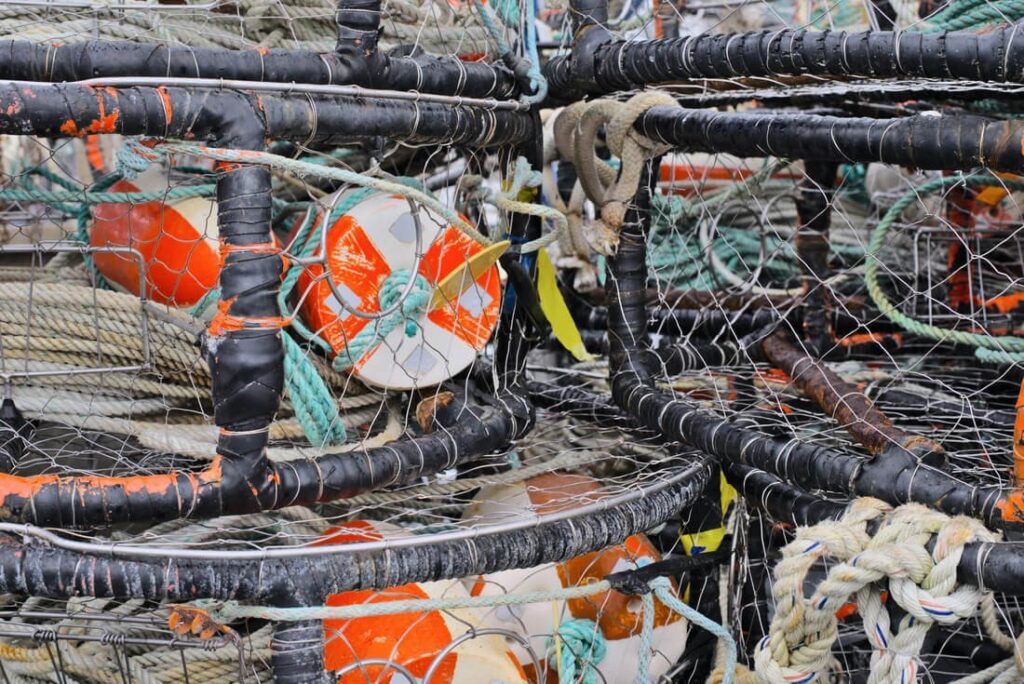
Unpacking Seaspiricy
The latest environmental documentary, Seaspiracy, is hitting home. Highlighting the horrific effects of overfishing, the film directed and presented by British filmmaker and activist Ali Tabrizi sheds light on the corrupt fishing industry, shares the unimaginable devastation of bycatch, and unearths the implications of fishing as a whole.

Credit: JP Valery, Pixabay
Packed with statistics and facts, Seaspiracy is a poignant reminder of the unjust and inhumane activities worldwide, on both land and in the ocean waters. However harsh it is to witness, sometimes a true shock is all we need to be jolted into action.
Here are the main points the film brought to the foreground:- 46% of all ocean plastic is made up of discarded fishing nets.
– More than 300 000 dolphins and whales are killed every year due to bycatch, accidental catching when using mammoth fishing nets.
– More than 30 000 sharks are killed every hour as a result of bycatch. The illegal shark fin trade also fuels this devastation.
– Labels such as ‘Dolphin Safe’ that exist to ensure tuna products don’t contain any other marine animal species, were called out for being corrupt. Apparently, workers within the company accept bribes in return for their approved label. A former employee admitted that they cannot guarantee there are no dolphin parts within tuna products.
– It’s not only the by-products of fishing that harms the ocean. Bottom trawling – the use of extremely large nets the size of 13 jumbo jet planes dragged across the ocean floor – destroys natural ocean plant life, marine life habitats, and entire ecosystems. The foliage that flourishes on the sea bed sequesters 93% of the world’s carbon dioxide. By eliminating these vital plants, CO2 is released in huge quantities. Bottom trawling deforests around 3.9 billion acres of ocean floor every year, an area far greater than that of the entire Amazon Rainforest.
– Many plastic awareness environmental organisations are on par with the fishing industry, accepting business and money in return for not disclosing the destruction of the fishing industry and the real issues the ocean is facing. While plastic is still a major problem, the consumption of fish and ongoing overfishing causes greater harm but is not brought to the forefront due to corrupt officials.
– The labour found on fishing boats is often from a cycle of slavery. Many workers are held against their will and forced to work at gunpoint or threatened to be thrown overboard. Those who object are murdered.
– There is no such thing as sustainable fishing. The only real solution is to give the ocean a break and halt the consumption of fish altogether.

Credit: Barry Savage, Pexels
This intense and incredibly raw documentary is not for the faint-hearted. It piles horror onto horror to create a jigsaw puzzle of human problems, each as shocking as the last. It shakes your beliefs, values, and morals and makes you question the very essence of society and the world we live in today. But that is where the true and long-lasting motivation for change comes from.When it comes to protecting the ocean, the next step is crystal clear – stop eating fish, stop supporting the fishing trade, and start doing your part to preserve and protect our precious ocean and the marine life it harbours.
References:




